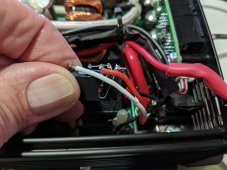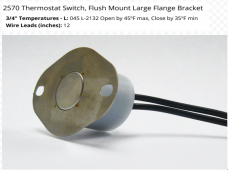Hi there folks, apologies if I’ve posted this in the wrong place or it’s been covered before. I’m new to diy battery building so please be gentle with me.
I’ve got the 12v 4s overkill bms and wondering if there’s any way I can use it to turn off my solar controller?
From what I’ve read and think I’ve understood, I don’t want the lfp cells sitting fully charged as it shortens their lifespan. My idea is to have the bms cut out at 90%soc and not reconnect until around 30%soc in summer and to turn back on at 80%soc in winter. I only get around 6-7 hours daylight in winter.
I have the kisae dmt1250 combined solar controller b2b charger, this unit has a master switch so can be fully turned off.
The reason for asking is I’m unsure how it handles dumping power if the bms disconnects from the charger.
Hope that makes sense and thanks in advance for any help and advice received
I’ve got the 12v 4s overkill bms and wondering if there’s any way I can use it to turn off my solar controller?
From what I’ve read and think I’ve understood, I don’t want the lfp cells sitting fully charged as it shortens their lifespan. My idea is to have the bms cut out at 90%soc and not reconnect until around 30%soc in summer and to turn back on at 80%soc in winter. I only get around 6-7 hours daylight in winter.
I have the kisae dmt1250 combined solar controller b2b charger, this unit has a master switch so can be fully turned off.
The reason for asking is I’m unsure how it handles dumping power if the bms disconnects from the charger.
Hope that makes sense and thanks in advance for any help and advice received







